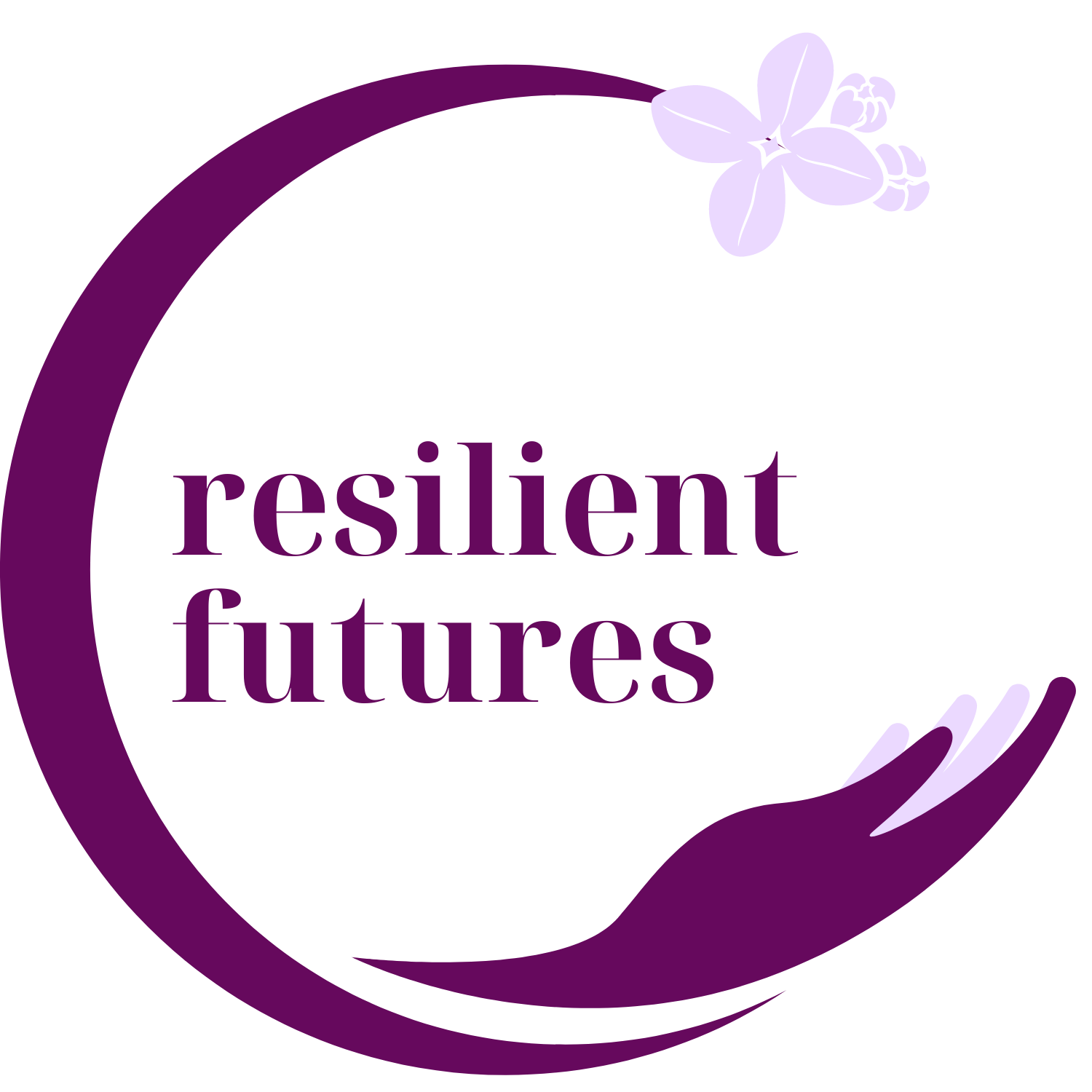Myth-Busting: Dispelling Common Misconceptions about Trauma-Informed Teaching Practices
Despite growing awareness, several myths persist about what trauma-informed education is and isn't. Let’s debunk some of these misconceptions with insights from experts, providing educators with a clearer understanding of what it means to implement trauma-informed practices in schools.
Sign up to read this post
Join Now
